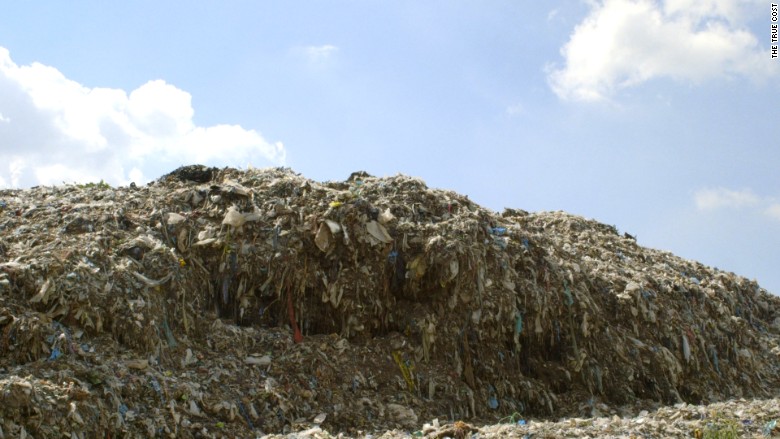 |
| Large packages of unwanted used clothes are shipped into Haiti. |
 |
| Our clothes |
With fashion being very close to my heart...watching this documentary shattered it into little pieces. I was reminded that our American need for Fast Fashion from companies like H&M, WalMart and the like has wrecked havoc on Mother Earth, and continues to exploit people. Watch the video and see footage of people dying for a $20.00 blouse that many of us would not think twice about donating or tossing into the bin.
I have not been a fan of upcycling clothes, but watching this film has made me think twice, and perhaps more carefully about how else I can reuse my clothes rather than sending it to a landfill. I don't buy a lot of clothes these days, mostly because I don't need them. I've even questioned the amount of sewing I do, and how I'm contributing to the waste factor. The upside is, I couldn't make clothes as quickly as I can purchase them. What a relief.
One of the final points of the documentary that really got my goat was GMO cotton, and the amount of pesticides used on cotton fields. I've heard stories from my local organic farmers about how other farmers who acquired cotton land can't plant anything on soil due to contamination, and that it takes at least three or more years to turn the soil. We know all those pesticides are seeping into the ground water. Yes...in case you're wondering about birth defects, illness, and premature death in heavily sprayed communities...they still exist.
| Woman from the film suffering from pigment loss due to chemicals used for making inexpensive leather. |
I have stopped using cosmetics, chemical hair dyes, nail polish, any synthetic soaps and lotions, as well as most of the harmful cleaning supplies at home. It only makes sense now that I start to become more aware of the kind of fabric that sits on my skin. I'm not throwing out what I have, but I will need to scrutinize my fabric acquisitions closely moving forward.
Hurry...and watch the film! You'll understand why I had to share it with you.


No comments:
Post a Comment